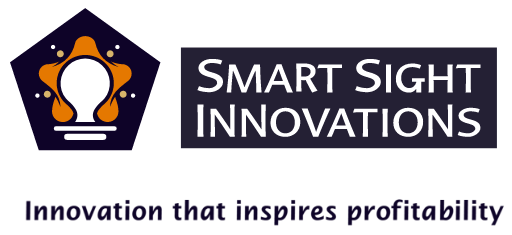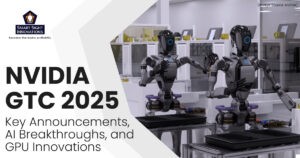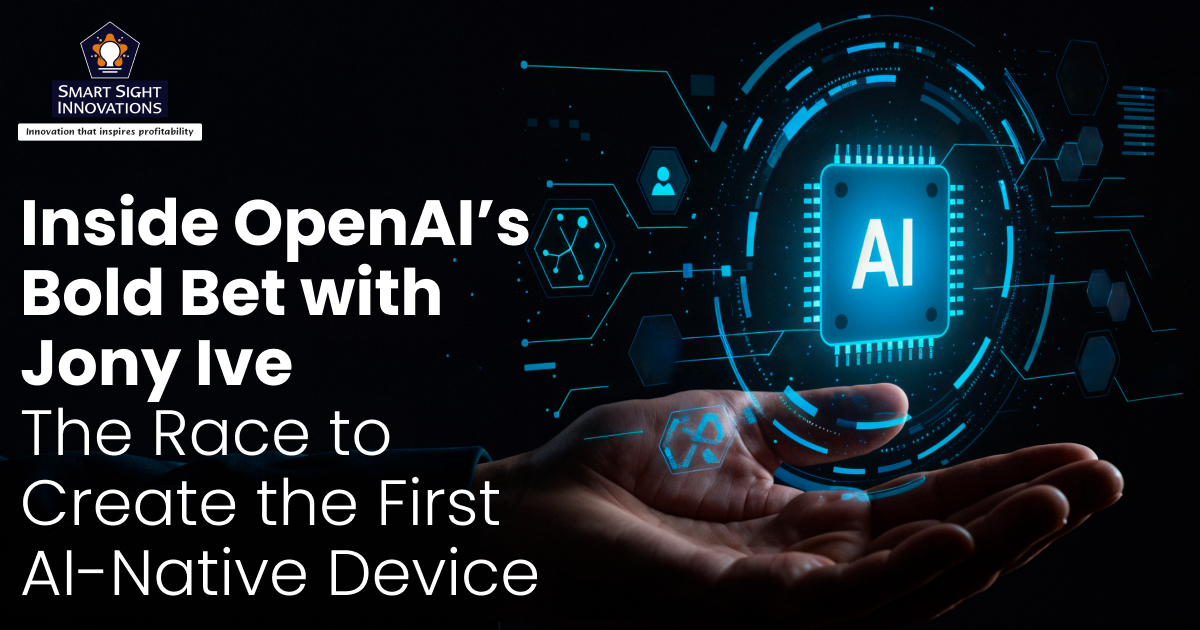
When OpenAI formally announced in May 2025 that Jony Ive’s hardware startup io Products, Inc. was merging with the company, it confirmed months of speculation: OpenAI is making a serious bet on hardware. The move represents more than a simple acquisition, it’s a strategic partnership with one of the most influential designers in tech history, whose work at Apple gave the world the iMac, iPod, iPhone, and Apple Watch.
The mission is ambitious; to build a groundbreaking, screen-free device that could redefine how we live with AI, much like the iPhone transformed mobile computing. Dubbed by many as the “iPhone of AI,” the project could set the tone for the next era of consumer technology.
From Rumor to Reality
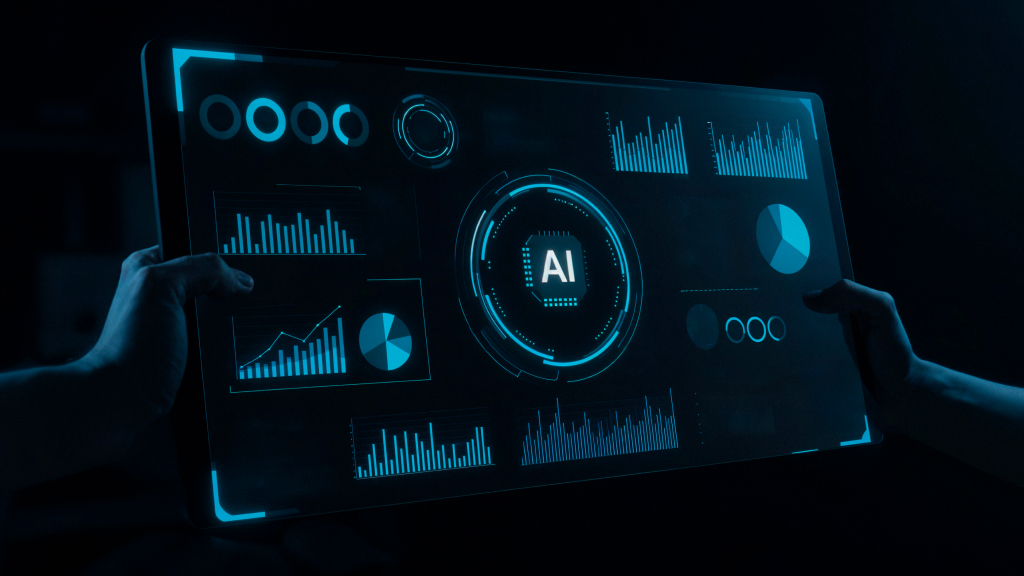
Talk of an Altman–Ive collaboration first surfaced in September 2023, when Reuters and the Financial Times reported that OpenAI was exploring a $1 billion joint venture with Ive’s design studio LoveFrom and SoftBank’s Masayoshi Son. The concept was framed even then as an “iPhone for AI.”
By mid-2025, the partnership became official. In a note signed “Sam & Jony,” OpenAI confirmed the io team has officially merged with OpenAI. Ive’s LoveFrom remains independent but now has “deep design and creative responsibilities” across OpenAI’s products. Reports suggest the transaction valued io Products, Inc. at about $6.4 to $6.5 billion, bringing 50–60 hardware specialists into the fold.
This merger represents not just a talent grab but a statement of intent, wherein OpenAI wants to shape AI’s hardware future rather than rely solely on third-party devices.
What Kind of Device Is OpenAI Building?
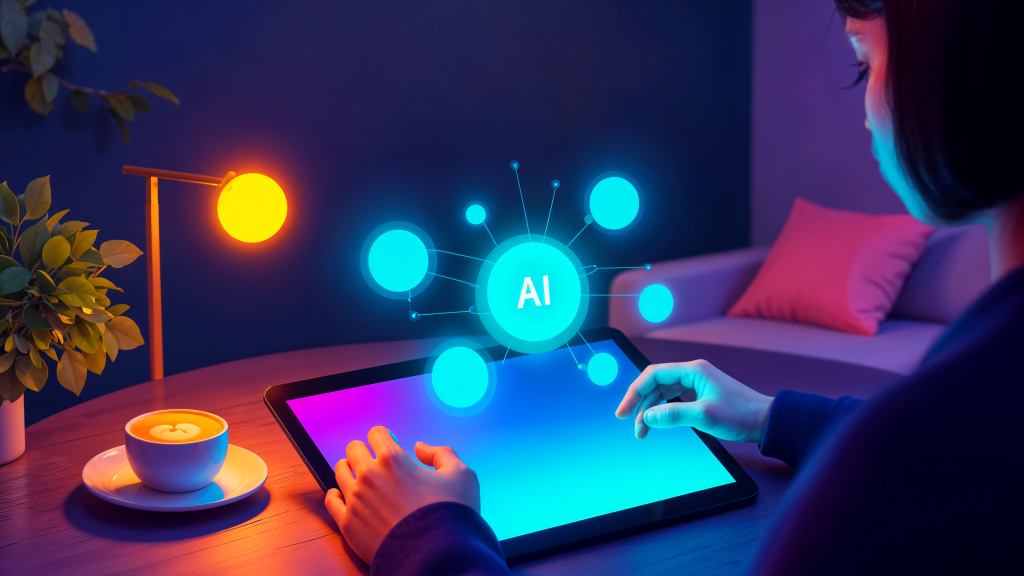
Although OpenAI hasn’t unveiled the product itself, multiple reports paint a consistent picture:
- Form factor
Pocket-sized, screen-free, and explicitly not eyewear or in-ear devices.
- Role
Envisioned as a “third device” alongside phone and laptop, not a replacement but a complementary companion.
- Interaction model
Context-aware, always-available, designed for natural conversations rather than app-based interaction.
- Focus
Sensors, microphones, and AI inference optimized for ambient presence instead of visual display.
The “screen-free” design is key, rather than adding another glowing rectangle, the device is envisioned as a proactive, listening assistant that communicates through sound, voice, and subtle cues, offering value without constantly demanding visual attention. This directly reflects CEO Sam Altman’s critique of current form factors. He has argued that phones and laptops weren’t designed for ambient AI, which he describes as the true “sci-fi dream” of always-available computing.
Why Jony Ive Is Central to the Vision

(Image Source: Wikipedia)
Ive’s reputation comes not just from aesthetics but from integrating technology into human life through design. At Apple, he worked hand-in-hand with engineers to create products that felt intuitive, approachable, and even iconic.
That combination of industrial craft and human-centered design is vital for AI hardware, where success depends on more than technical capability. An AI assistant that can listen, observe, and respond must also earn user trust, feel comfortable to live with, and operate with full transparency. OpenAI’s leadership explicitly noted that computers are “now seeing, thinking, and understanding”, and design must evolve to make such power acceptable and usable in everyday life.
Why Not Just Use a Smartphone App?
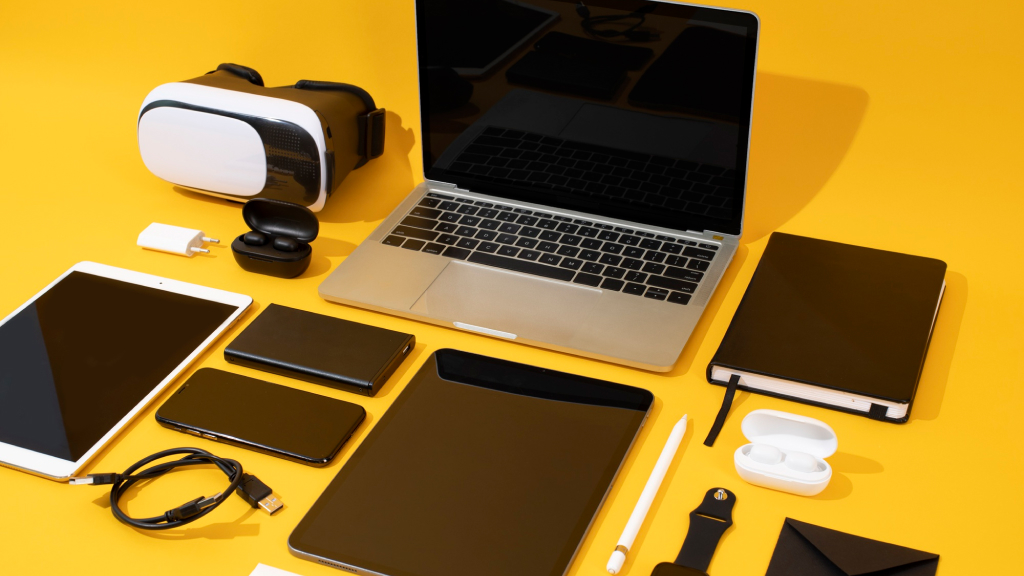
OpenAI already ships apps for iOS and Android, and tech giants like Apple and Google are embedding AI into their ecosystems. So why build a new device?
Altman’s answer is that a dedicated AI companion shouldn’t be trapped in the app model. Phones are optimized for screens, apps, and visual-first interactions, while AI thrives on contextual sensing, voice, and ambient presence. A new form factor frees OpenAI to design around privacy, latency, and user experience without compromise.
This reflects a larger industry debate; should AI evolve into its own dedicated device category, or simply be woven deeper into the devices we already use?
Despite the growing excitement, many aspects of OpenAI’s first hardware device remain shrouded in mystery. The design itself is still under wraps, leaving open whether it will take the form of a clip, or even a small tabletop object. Pricing and market positioning are also unclear, will it emerge as a premium Apple-like product or aim for broader, mass-market adoption?
Another open question is how the device will balance on-device processing, which offers speed and privacy, with cloud-based inference, which delivers greater capability. Finally, while some reports hint at a 2026 launch, hardware roadmaps often shift, making timelines unpredictable.
Risks and Challenges Ahead

Turning this vision into reality won’t be easy. Hardware is an unforgiving business, and even well-funded startups have stumbled, Humane’s AI Pin and Rabbit’s R1 are recent reminders of how quickly expectations can outpace real-world utility. OpenAI now faces similar hurdles, as manufacturing at scale, solving thermal and battery constraints, and ensuring long-term reliability are challenges that demand flawless execution.
Equally critical is user trust, as a device equipped with microphones and sensors will only succeed if it offers crystal-clear privacy protections and gives people confidence that their data is secure. At the same time, OpenAI must compete with tech giants like Apple and Google, who are embedding AI directly into phones, watches, and PCs, platforms consumers already rely on daily. And because AI models evolve at breakneck speed, locking them into hardware that may last years adds another layer of complexity.
Yet, within these risks lies enormous opportunity. If OpenAI and Ive can overcome the hurdles of hardware execution and user trust, they could define a brand-new category of personal technology, an AI-native device that changes how we live and work. A device that doesn’t just respond when summoned but quietly supports you, anticipates needs, and fits naturally into daily routines.
Such a product would pressure incumbents to rethink the smartphone’s role, shift interaction design toward voice and agentic flows, and establish new norms for privacy and trust.
But if they falter, the lesson may be equally valuable; AI doesn’t need new hardware, it needs better integration with the devices we already have. Either way, this project will shape how the industry imagines “AI-native” devices versus “AI-enabled” ones.
